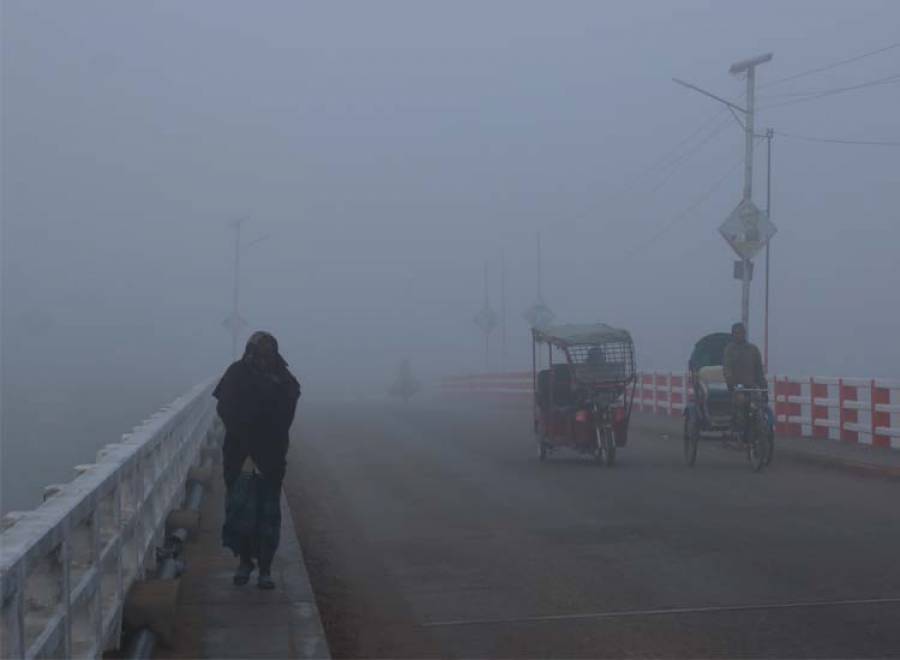Lahore Named 'The Most Polluted City In The World'

LAHORE: Punjab’s capital was recently acknowledged as the most polluted city in the world when the air quality index (AQI) of Lahore was documented at 289, and international observing organizations clocked the score at 397.
New Delhi, the traditional rival for this status, reported nearly half of Lahore’s pollution level, at 187.
Certain Lahore vicinities were worse off than others, like Kot Lakhpat, an industrial area, crossing above 500 and Fatehgarh, home to most of the steel industry, closer to 400 compared to Raiwind. This green landscaped section recorded 403 AQI.
“397 AQI is 34.8 times pollution concentration, which is extremely higher than the number the World Health Organisation (WHO) deems as safe. This is considered dangerous without it getting labelled as ‘extremely hazardous’,” explains Abdul Rauf, a representative of an organization involved with improving the air quality in Lahore.
“What makes this situation more unsafe is that it’s not just smog, sometimes it’s pure pollution fumes that caused the hazy environment,” claims the environment department’s official
“Even more worrisome is that face that this polluted air is homegrown. The country has not had any fumes being carried over from India. However, once the wind fluctuates and brings Indian pollution into Pakistani airspace, the issue here will get even more severe,” the official says.
Dr Nadeem Ahmad, a pulmonologist, cautions people to employ masks when stepping out of the house. He advises using air purifiers in homes and residences now because the fine particles can easily invade the blood, which means private room air is no exception. Asthmatics and others suffering from preexisting ailments should avoid going out and protect themselves against harmful affects, he advises.
Advertisement
Trending
Popular
Aging: New study identifies key lifestyle, environmental factors ...
-
Hair loss: Discovery uncovers key stem ...
08:00 PM, 25 Feb, 2025 -
Broccoli sprout compound may help lower ...
11:31 AM, 25 Feb, 2025 -
Gas Pain vs. Heart Attack: How to tell ...
09:00 PM, 22 Feb, 2025 -
Coconut oil supplement shows promise ...
08:00 PM, 20 Feb, 2025



